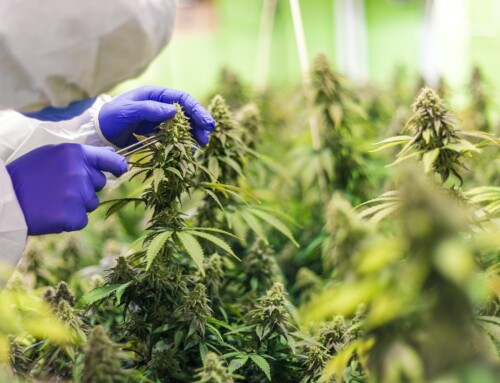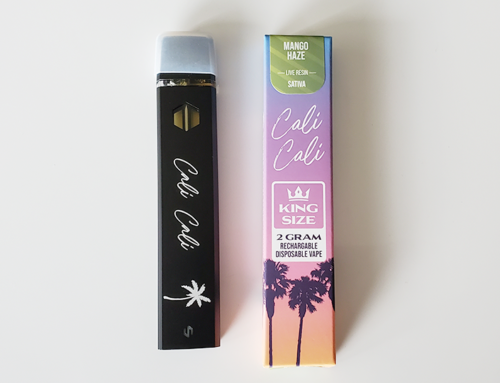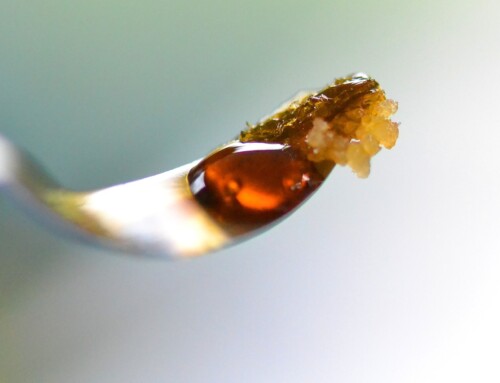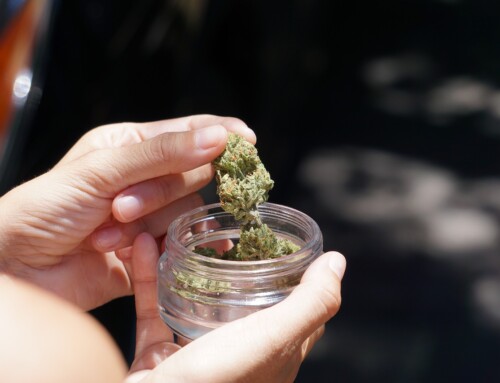The Benefits of Cannabis Consumption
Introduction:
Cannabis consumption has gained significant attention in recent years, as more people discover its potential benefits for both recreational and medicinal purposes. This versatile plant offers a wide range of compounds, including cannabinoids and terpenes, which interact with our bodies’ endocannabinoid system. In this article, we will explore the benefits of cannabis consumption and the different methods through which it can be consumed.
Benefits of Cannabis Consumption:
-
Pain Relief:
- Cannabis has long been used as a natural remedy for pain relief. The cannabinoids in cannabis, particularly THC and CBD, interact with the body’s pain receptors, potentially reducing pain and inflammation.
-
Stress and Anxiety Reduction:
- Many individuals turn to cannabis to alleviate symptoms of stress, anxiety, and depression. Certain strains and compounds in cannabis, such as CBD, have shown potential in promoting relaxation and reducing anxiety.
-
Sleep Aid:
- Cannabis can be beneficial for individuals struggling with sleep disorders. Certain strains with sedating properties or high levels of the terpene myrcene may help induce relaxation and promote a more restful sleep.
-
Increased Appetite:
- Cannabis has been known to stimulate the appetite, commonly referred to as the “munchies.” This effect can be particularly beneficial for individuals undergoing treatments that suppress appetite, such as chemotherapy.
-
Nausea and Vomiting Relief:
- Cannabis has been used to alleviate symptoms of nausea and vomiting, particularly in individuals undergoing chemotherapy or experiencing gastrointestinal issues.
Methods of Cannabis Consumption:
-
Smoking:
- Smoking cannabis involves inhaling the smoke produced by combusting the dried flower. This method provides a quick onset of effects but may have potential health risks associated with inhaling smoke.
-
Vaporizing:
- Vaporizing cannabis involves heating the plant material or concentrates to a temperature that releases the cannabinoids and terpenes without combustion. This method produces vapor that is less harsh on the lungs compared to smoking.
-
Edibles:
- Edibles are food products infused with cannabis extracts. They offer a discreet and long-lasting method of consumption. Edibles take longer to take effect but provide a more prolonged and potent experience.
-
Tinctures:
- Cannabis tinctures are liquid extracts infused with cannabinoids. They are typically taken sublingually (under the tongue) for faster absorption. Tinctures provide precise dosing and are often used for medicinal purposes.
-
Topicals:
- Cannabis-infused topicals, such as creams, lotions, and balms, are applied directly to the skin. They are commonly used for localized pain relief, inflammation reduction, and skincare.
Conclusion:
Cannabis consumption offers a variety of potential benefits, including pain relief, stress reduction, improved sleep, increased appetite, and nausea relief. The method of consumption plays a significant role in the overall experience, with smoking, vaporizing, edibles, tinctures, and topicals offering different advantages and considerations. It is important to choose a consumption method that aligns with your preferences, desired effects, and health considerations. As with any substance, responsible consumption and adherence to legal regulations are crucial. Consulting with healthcare professionals knowledgeable about cannabis can provide personalized guidance and recommendations for safe and effective cannabis consumption.





